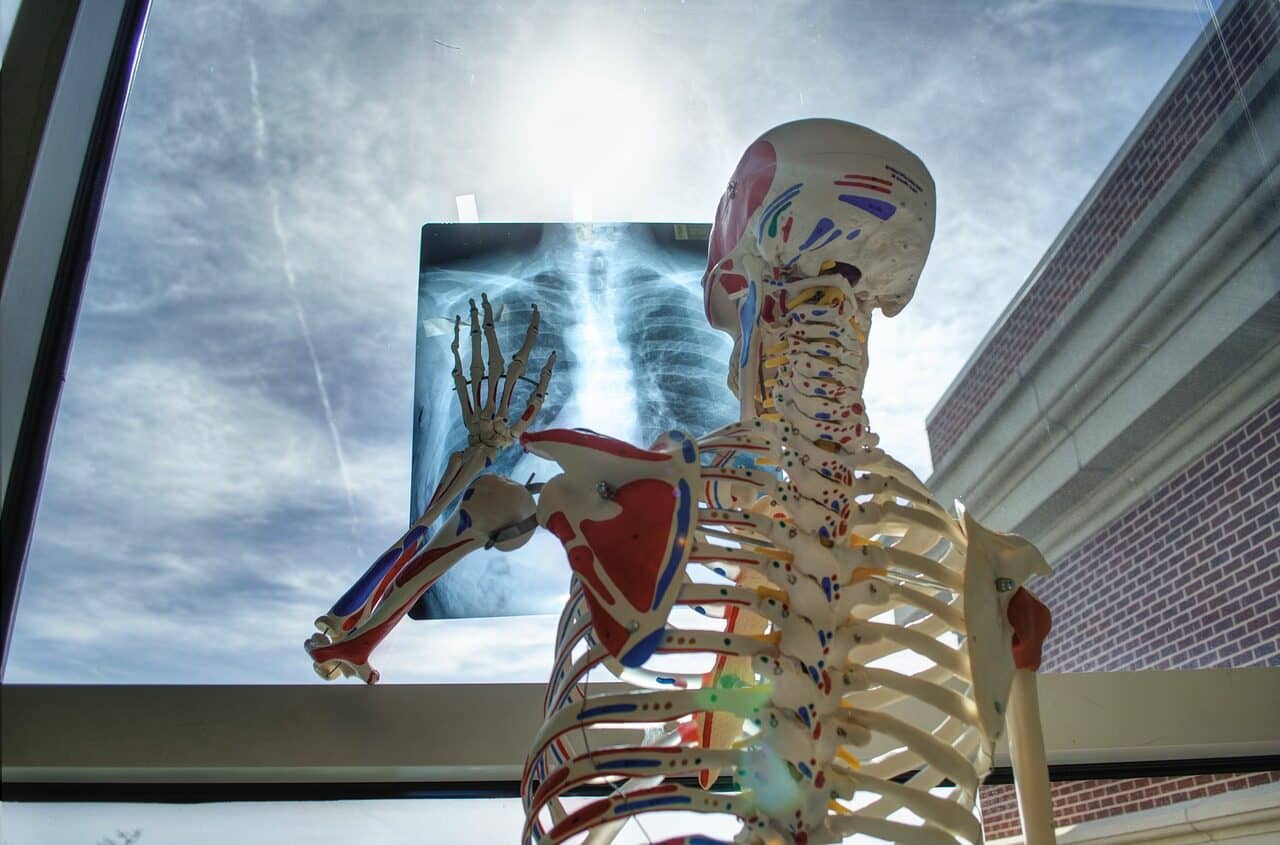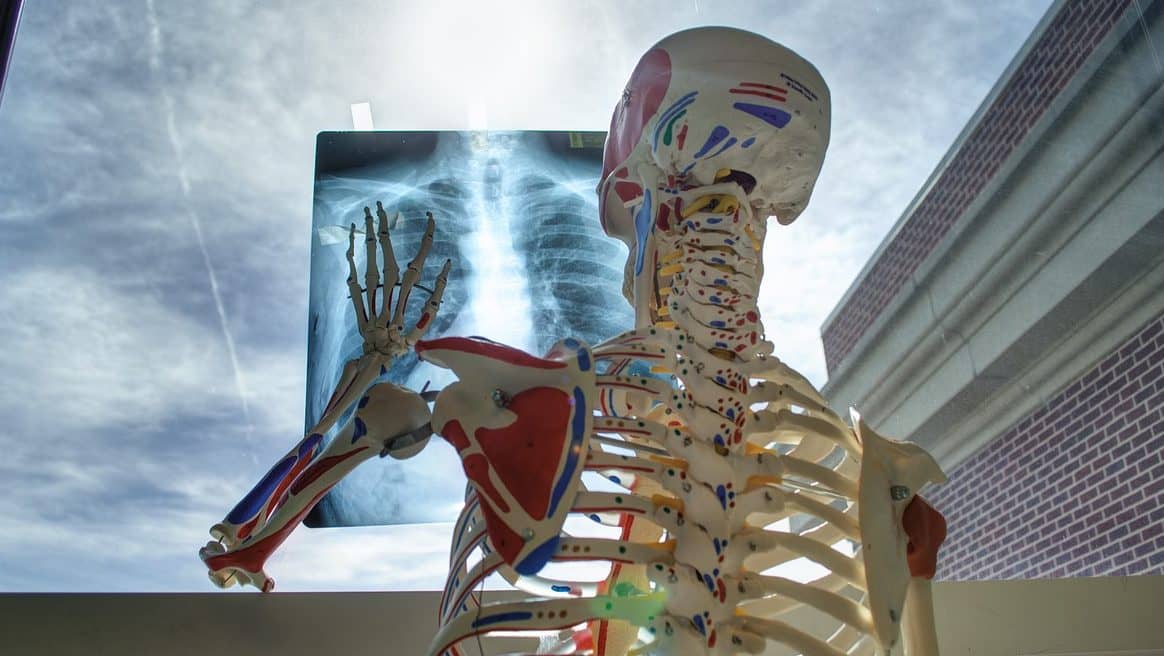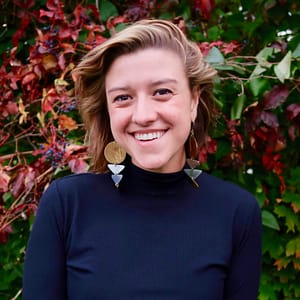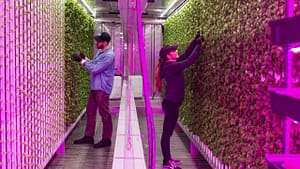Did you know your skeleton regrows itself every 10 years? Sure you might be sentimental about your femur, but over the past decade, it’s been through an incredible process of growth and change you’ve been experiencing your entire life!
Bones aren’t something you think much about, particularly when you’re growing up. But, like so many parts of the human body, they are incredibly adapted to provide us with the strength and support we need while staying light and mobile.
Over the course of our lives our bones age and change as we do. So, let’s explore a little bit of this skeletal wonder, and, if you stick around we’ll have some tips for you on how you can keep your bones healthy and strong well into old age.

Some Bone Basics
Did you know that babies are born with 300 bones and yet, as adults we only walk around with 206! As you get older you don’t start spontaneously losing bones. Instead, those individual bones are fusing together as you age to create larger bones. 1
Infants’ heads are a fascinating place to experience this fusion of bone. When babies are born the top of their skulls are made up of several bones to allow for an easier birth process and the growth of the baby’s brain. As they get older, those bones start to fuse to form the protective skull we have as adults! 2
If our amazing disappearing and regenerating bones weren’t astonishing enough, pound for pound bones are also stronger than steel. 3 Over time they have evolved to be strong enough to withstand tremendous forces!
Bones are remarkable structures. They are tough enough to withstand some pretty hard blows over the course of their lives, yet light enough for us to be able to easily move around. So, what can we do over the course of our lifetime to keep these amazing structures healthy and strong?
Let’s get an overview of one of our body’s coolest systems with this fascinating video from Seeker!
Seeker has an amazing series called Sick that explores all kinds of medical phenomena in approachable ways. They are also a great source for all things science if that’s what inspires your curiosity. You can check them out over on YouTube to see their full library of videos!
Healthy Bones, Healthy Body
What is the right amount of Calcium and Vitamin D? How can I make sure I’m taking care of my bones the best way I can? What kinds of exercise should I be doing?
Osteoporosis–a disease that weakens bone density making them more porous and prone to breaking–affects 53 million people in the United States. 5 While osteoporosis is often associated with older people, bone health is something we can start to think about early in life, and even continue to work on as we age! With minor lifestyle habits in place, we can help keep our bones stronger longer!
The Mayo Clinic recommends these five steps to keep your bones healthy:
Include plenty of calcium in your diet. For adults ages 19 to 50 and men ages 51 to 70, the Recommended Dietary Allowance (RDA) is 1,000 milligrams (mg) of calcium a day. The recommendation increases to 1,200 mg a day for women after age 50 and for men after age 70.
Good sources of calcium include dairy products, almonds, broccoli, kale, canned salmon with bones, sardines and soy products, such as tofu. If you find it difficult to get enough calcium from your diet, ask your doctor about supplements.
Pay attention to vitamin D. Your body needs vitamin D to absorb calcium. For adults ages 19 to 70, the RDA of vitamin D is 600 international units (IUs) a day. The recommendation increases to 800 IUs a day for adults age 71 and older.
Good sources of vitamin D include oily fish, such as salmon, trout, whitefish and tuna. Additionally, mushrooms, eggs and fortified foods, such as milk and cereals, are good sources of vitamin D. Sunlight also contributes to the body’s production of vitamin D. If you’re worried about getting enough vitamin D, ask your doctor about supplements.
Include physical activity in your daily routine. Weight-bearing exercises, such as walking, jogging, and climbing stairs, can help you build strong bones and slow bone loss.
Avoid substance abuse. Don’t smoke. If you are a woman, avoid drinking more than one alcoholic drink each day. If you are a man, avoid drinking more than two alcoholic drinks a day. 6
If you’d like to learn more about your bone health and osteoporosis check out this page from the National Institutes of Health website or hop over to the Mayo Clinic site to learn more about bone health.
We know that 25-35 is when we reach peak bone density, so if you are in that age range, now is a great time to be getting the right amount of calcium, vitamin D, and exercise.
But as they pointed out, we don’t have to stop there. Keeping weight-bearing exercise in our routines as we age can be a great way to maintain overall body and bone health.
When we have the right information to keep informed we can make better decision about our health and longevity. Whether we’re keeping our brains active or our bodies we are living an era that is allowing us to live longer, happier, more fulfilling lives!
Before you go we have a few recommendations for you if this article piqued your interest.
The World’s Oldest Dance Troupe Will Steal Your Heart
The oldest hip hop dance troupe in the world has a few things to show us about what happens when we let ourselves live without limits. Artificial hips, memory loss, and all, we can feel like life every day is a great celebration!
Read Article Watch Video Listen to PodcastHow this 70-Year-Old Racer Changed the Sport of BMX
Have you ever told yourself that you’re “too old” to do something? Or that you “can’t do that”? Well, here’s one female BMX rider in her 70s who will get you paving your own path to joy throughout your own life!
Read Article Watch Video Listen to PodcastYou’re Never Too Old to Dive into Your Dreams!
Have you ever seen a 90-year-old do a flip? The team members of the Harlem Honeys and Bears are reminding us that we’re never too old to find a passion in life, and certainly never too old to try something new!
Read Article Watch Video Listen to PodcastStay beautiful & keep laughing!
-Liesl

Don’t miss out on a single article!
Enjoy unlimited access to over 500 articles & podcast that give you a positive perspective on the state of the world and show you practical ways you can help.
Notes:
- Holland, Kimberly. “15 Fun Facts About the Skeletal System.” Healthline. Healthline, 22 May 2017. Web. 10 Sept. 2019. https://www.healthline.com/health/fun-facts-about-the-skeletal-system#1 ↩
- Stanford Children’s Health. “Anatomy of the Newborn Skull.” Stanford Children’s Health – Lucile Packard Children’s Hospital Stanford. N.p., n.d. Web. 10 Sept. 2019. https://www.stanfordchildrens.org/en/topic/default?id=anatomy-of-the-newborn-skull-90-P01840 ↩
- Choi, Charles Q. “Brute Force: Humans Can Sure Take a Punch.” LiveScience. Purch, 03 Feb. 2010. Web. 10 Sept. 2019. https://www.livescience.com/6040-brute-force-humans-punch.html. ↩
- Seeker. “What Happens When Bone Regeneration Goes Wrong.” YouTube. Seeker, 13 Aug. 2019. Web. 10 Sept. 2019. https://www.youtube.com/watch?v=lApqklFkv9c&feature=youtu.be ↩
- NIH. “Osteoporosis Overview.” National Institutes of Health, U.S. Department of Health and Human Services, Oct. 2018, www.bones.nih.gov/health-info/bone/osteoporosis/overview. Accessed 29 Aug. 2019. ↩
- Mayo Clinic Staff. “How to Keep Your Bones Healthy.” Mayo Clinic, Mayo Foundation for Medical Education and Research, 9 Mar. 2019, www.mayoclinic.org/healthy-lifestyle/adult-health/in-depth/bone-health/art-20045060. Accessed 29 Aug. 2019. ↩








